Akira Toriyama is one of the most influential people of the past 50 years. While this statement may sound bombastic, it should be apparent to everyone who takes a deeper look at Toriyama-sensei’s most famous, Dragon Ball, and, more importantly, the impact it had on the entertainment industry and on global culture.
Toriyama was born in 1955 in Kiyosu, Aichi prefecture. Showing a predisposition for art and drawing from an early age, Toriyama was introduced to the world of manga through the works of Osamu Tezuka, like many of his contemporaries. However, he lost interest in manga by the time he hit middle school. Even in his late years, Toriyama admitted he had a hard time reading manga, including his own works. After graduation, he started working for an advertising agency in Nagoya as a designer, but he was not a good fit for the strictness of the corporate world.
After quitting his job, Toriyama had a lot of free time, and he began frequenting a coffee shop where he also read magazines. Picking up Weekly Shonen Jump, he saw a call for new manga authors with a hefty prize of 500,000 yen. While Toriyama missed the deadline for that, coincidentally, this was the time when Jump started accepting monthly submissions, and his talent was soon discovered. So, by mere chance and thanks to the power of unemployment, the career of the man who would shape the industry’s fate began.
Akira Toriyama Never Planned to Draw Manga
Toriyama got into the industry by chance but found the perfect editor
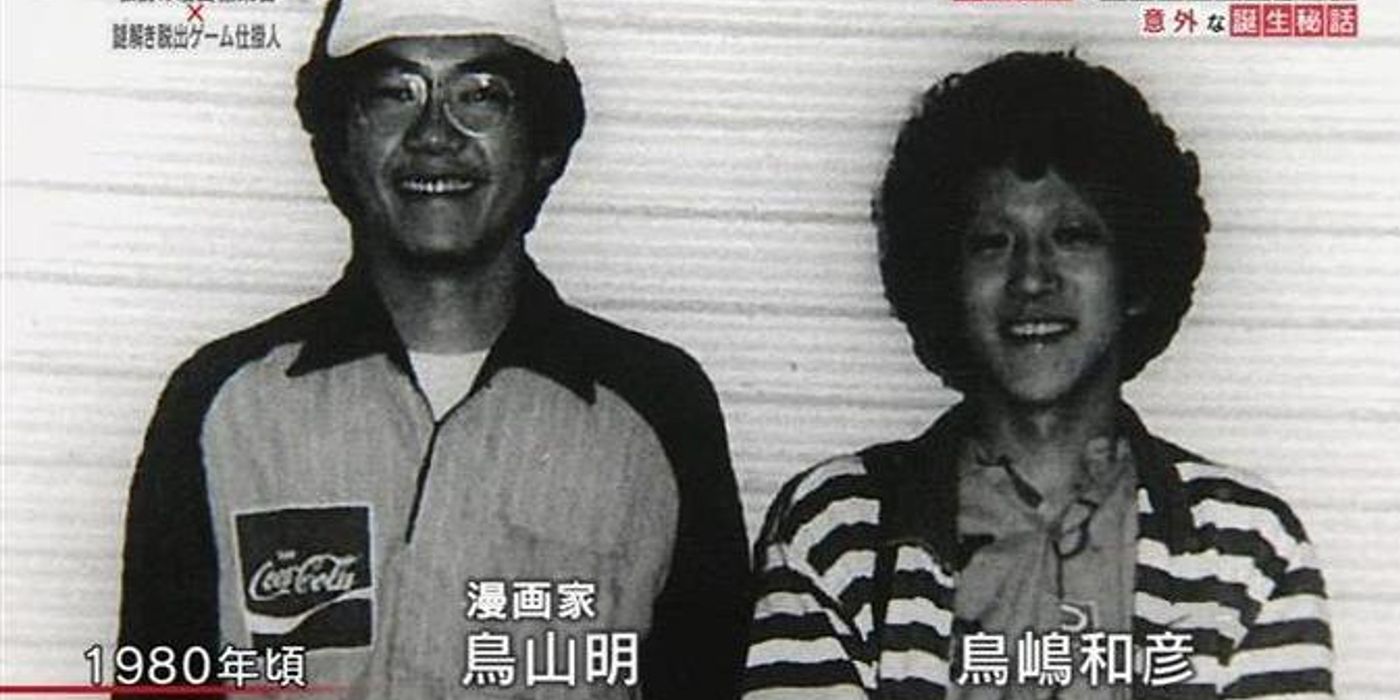
In an interview made for Shonen Jump‘s 50th anniversary, Toriyama candidly admits that he did not want to draw manga, but clearly, fate had something else in store. His first breakout series was Dr. Slump, which remains perhaps the one that is most faithful to Toriyama’s original spirit: a sleazy, wacky comedy that is a great potpourri of pop culture genres, both Western and Japanese.
Dr. Slump was a success, but Toriyama ended it quickly, as he never had an attitude for long-form storytelling. Shueisha agreed, but only if the author would consent to start a new series for them. Luckily for them, the somewhat lazy but talented artist was under the wing of Jump‘s most infamous editor, Kazuhiko Torishima.
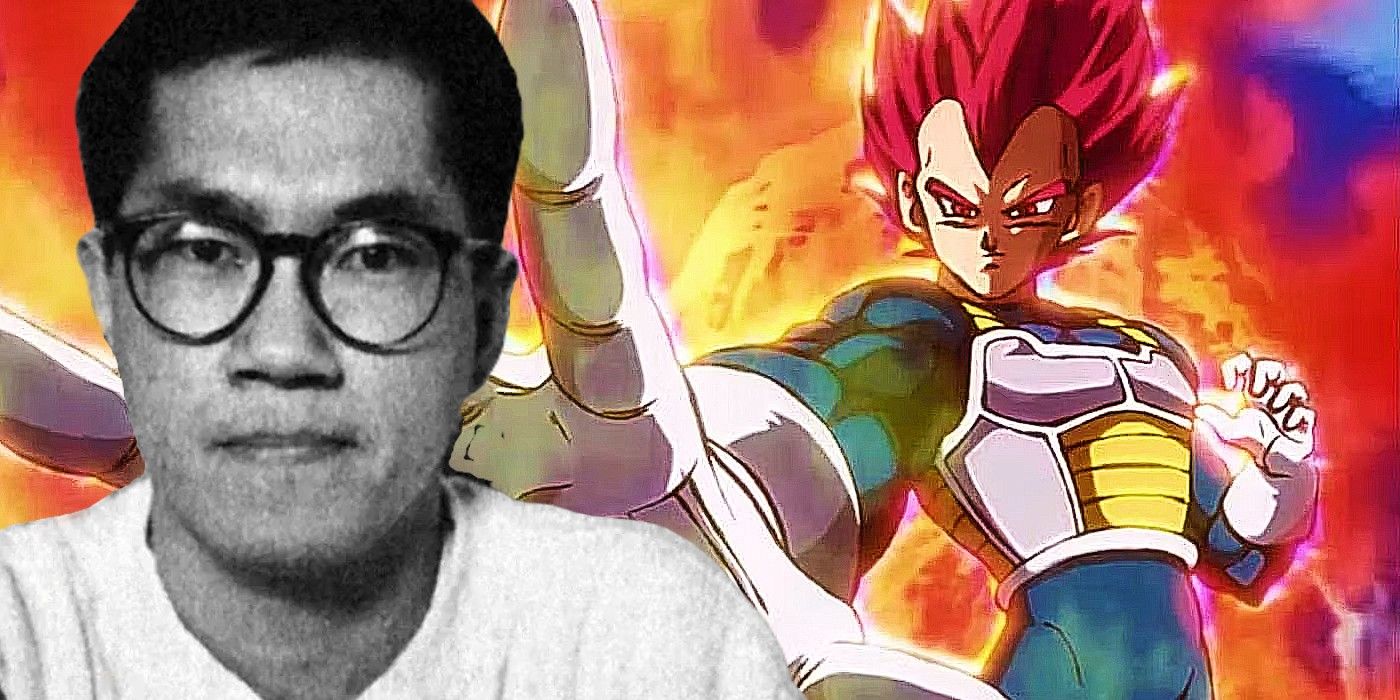
Related
Dragon Ball’s Creator Exposed The Manga Industry’s Biggest Flaws
An interview done for Weekly Shonen Jump’s anniversary cast a stark light on both the physical toil of making manga, and the artists’ response to it.
It’s safe to say that, without Torishima, there would be no Dragon Ball or Dr. Slump. In fact, he was so strict that Toriyama took every chance he could to make fun of him in Dr. Slump, even introducing a character based on the terrible editor, called Dr. Mashirito. However, he truly believed in Toriyama, to the point that he worked with him every week, after the new Dr. Slump chapter was ready, on the idea for the new series.
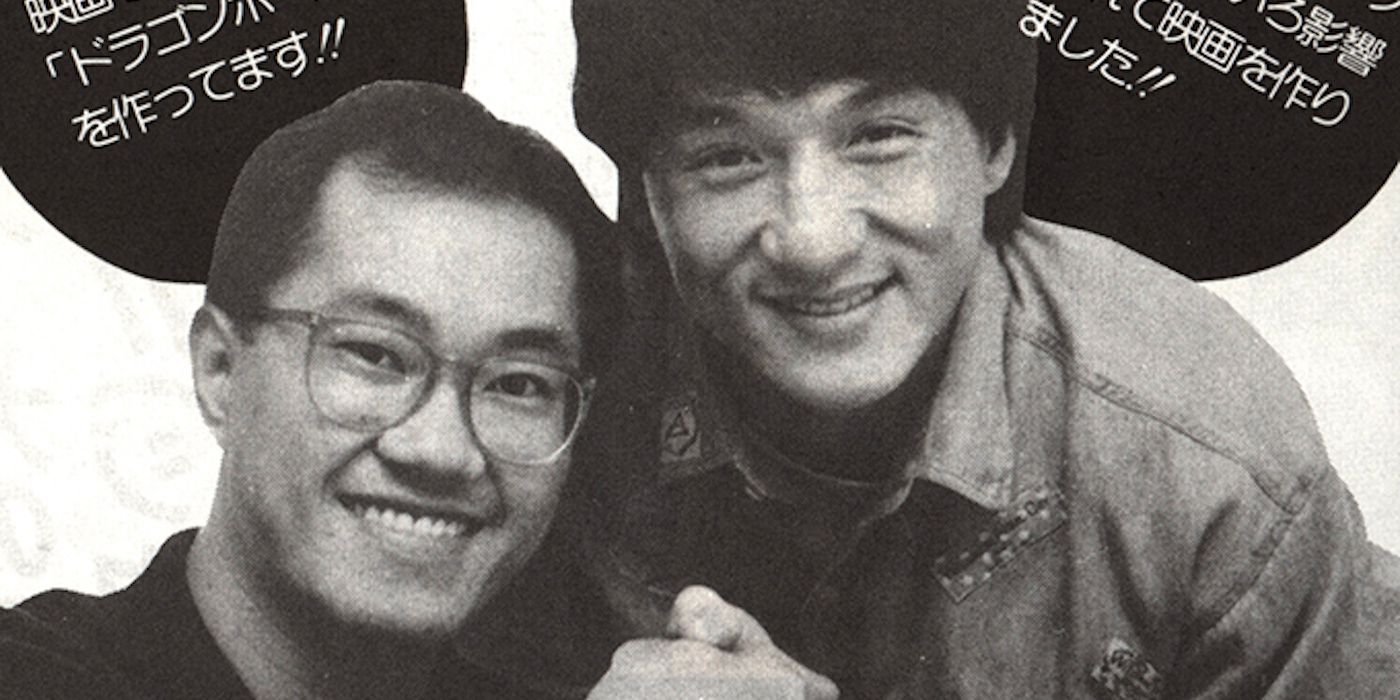
Torishima suggested that, since Toriyama enjoyed Jackie Chan’s kung fu movies, he should try to make a martial arts shonen manga. Toriyama’s vision ended up being quite different, emphasizing the adventurous and comedic aspects of the genre in Dragon Ball. Still, the series struggled to find proper success among the public. Reasoning together, Toriyama and Torishima concluded that Goku did not resonate with readers much, so they decided to focus on the “I want to get stronger” attitude. This led to the training arc with Roshi and Krillin and, more importantly, to the first tournament arc, which made the series shoot up in popularity.
Dragon Ball Changed Everything
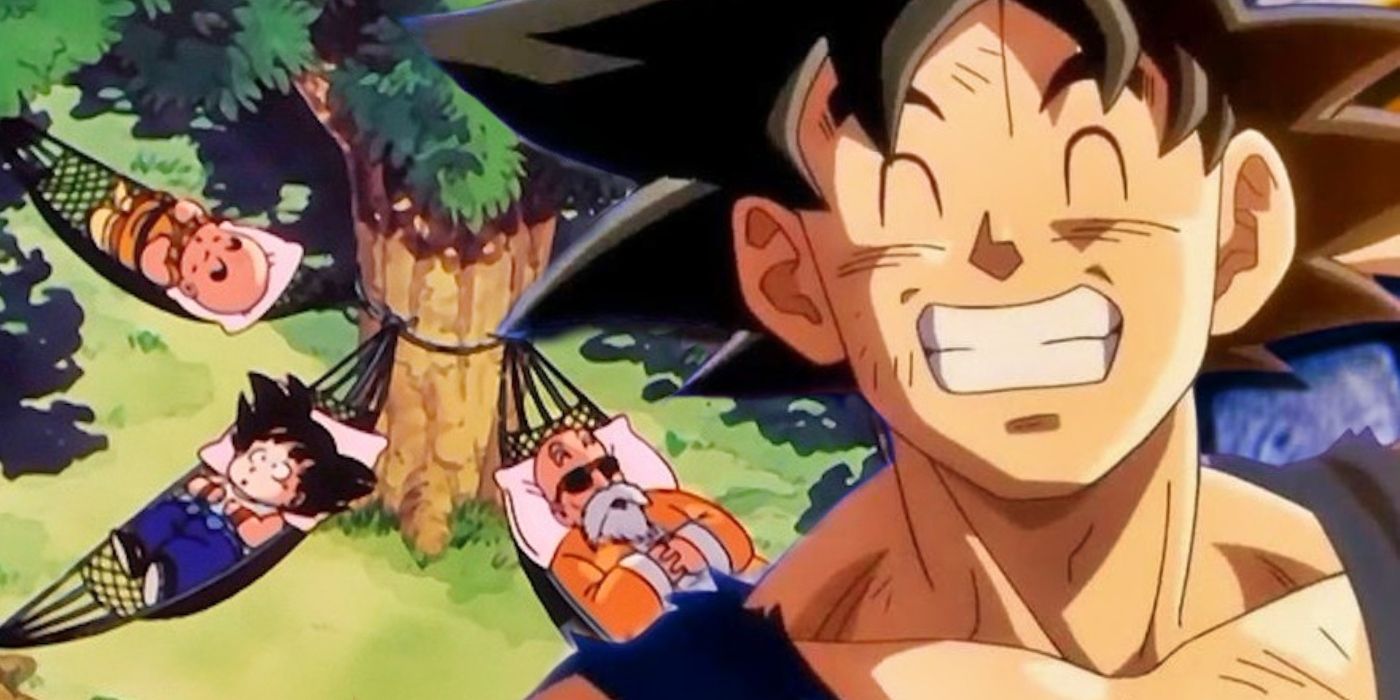
It’s hard to understate how important that shift was. Since then, the vast majority of shonen manga and anime (or at least the most successful ones) have had protagonists who are obsessed, motivated, or forced to become stronger, and at least one tournament arc. These elements undeniably contributed to the popularity of the genre, not just in Japan but globally, and it all started with kid Goku moving to the Kame House. Still, as the series progressed, it’s hard not to think that Toriyama found himself in unfamiliar waters, as he had to abandon almost all the comedy and light-hearted fun to make his series a grand saga of battles, aliens, and universes in danger.
The reasons for the creation of Dragon Ball Z are actually very pragmatic. After introducing Piccolo as the first real villain of Dragon Ball (again under Torishima’s suggestion), Toriyama wanted to redesign Goku as a grown-up to make his body more anatomically adapt to being drawn in the fights that were increasingly central to the story. Transmitting a sense of strength in a drawing is difficult when the character has basically no muscles and stubby limbs. Torishima, instead, wanted to take on the reigns of the Dragon Ball anime adaptation, which was floundering because the director had failed to grasp the new, more serious direction taken by the manga.
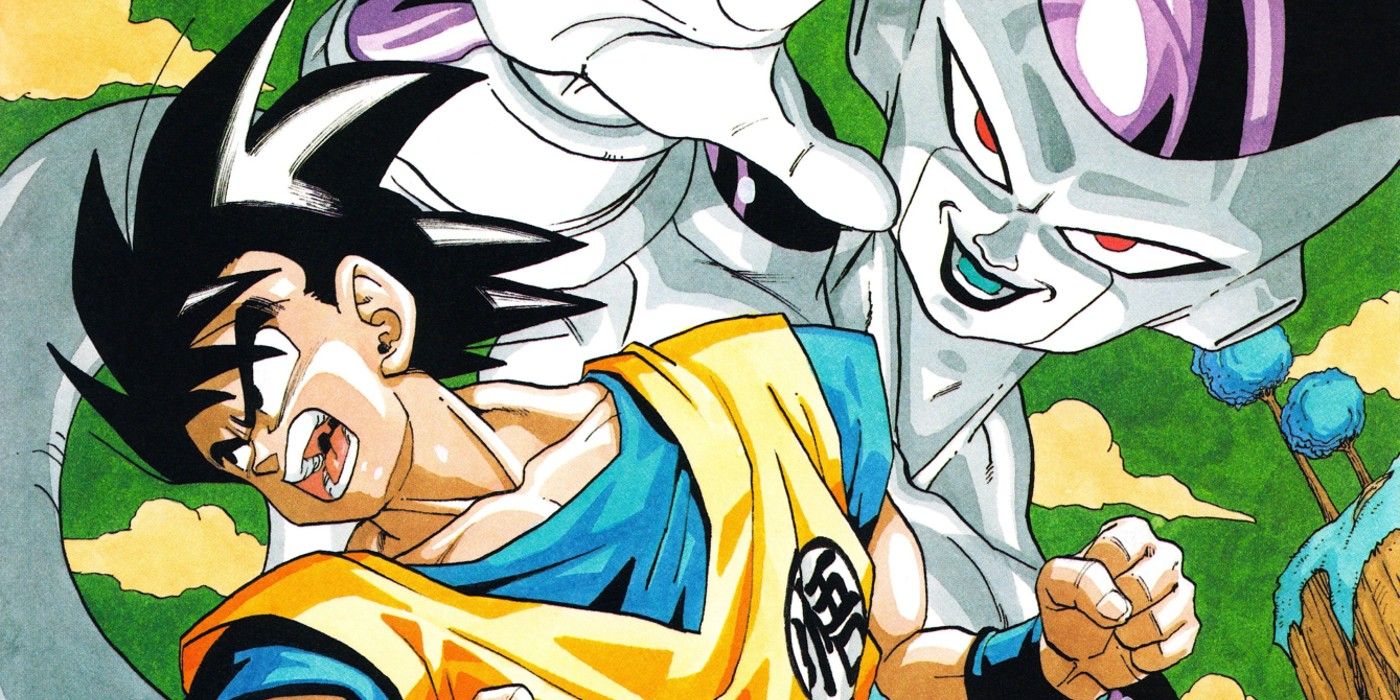
The best solution for both issues was a sequel, and so Dragon Ball Z was born, where the Z was chosen by Toriyama because it would be “the last one ever”. Time would prove him wrong, but this concern at such an early stage proves that the relationship between the artist and his most famous work is not as simple as it looks. From the interviews and the comments made by the author over the decades, it’s clear that Toriyama never had a grand plan for Dragon Ball. He was swept in by the series’ success, but he allowed editorial choices to mandate the direction more often than not.
It’s not that Toriyama did not like Dragon Ball, of course. However, judging from his previous and following works, he always seemed to have a penchant for shorter stories with a less serious tone. Despite that, Dragon Ball‘s serialization lasted for 11 years, during which Weekly Shonen Jump reached the apex of its success, with over 6 million copies in circulation. According to Matthieu Pinon and Laurent Lefebvre in the 2023 book “A History of Modern Manga”, the magazine lost one million readers in the year after the series ended and was never able to reach those peaks again.
Toriyama Inspired Millions While Simply Wanting To Entertain People
It’s not easy to judge series that are considered progenitors of a genre and have spawned countless imitations. By today’s standards, Dragon Ball would probably be judged as shallow, but that’s only because every element of the series has become an established trope over the past forty years. Indeed, Dragon Ball does not try to be “deep”, whatever that may mean, but that is by design. In a 2013 interview with Asahi Shimbun, Toriyama said he “just wanted to make boys happy”. He was still puzzled by the success of his series, as entertainment was always his only goal, while other mangaka are “concerned about conveying didactic messages and making impressions”.
Torishima reiterated this concept during conversations he had with Hiroshi Matsuyama, the CEO of the video games company that developed Dragon Ball Z: Kakarot. Much to Matsuyama’s disbelief, Torishima called Dragon Ball “a work without substance”. According to him, there is nothing to learn from Dragon Ball, it’s not a lesson in life, “it’s useless in our lives”. It’s just a funny comic, and that’s fine. However, his opinion is not shared by many, as thousands of people over the years have stated that Dragon Ball changed their lives, motivating them to push through adversities and, sometimes, overcoming even suicidal thoughts.
If what Toriyama and Torishima say about the series is true, then, it begs the question of why Dragon Ball is still so popular in 2024, despite having almost nothing in common with modern shonen, which take pride in their depth and real-life lessons. It’s easy to pin everything on the nostalgia effect, but it’s not that simple. As the emotional commercial for the 2020 video game Dragon Ball Z: Kakarot brilliantly shows, this is truly a generational franchise. Kids everywhere in the world are still trying to shoot Kamehameha at their friends today just like they were doing twenty or thirty years ago when the amount of entertainment (not just anime/manga-related) was perhaps one-tenth of what’s available today.
Perhaps, Toriyama’s strive for “pure entertainment” is what let his work transcend beyond its time, but it would be a mistake to consider Dragon Ball shallow. In his effort for simplicity, Toriyama managed to appeal to the purest and most genuine emotions of whoever has read or watched his works: courage, determination, elation, and the desire to surpass one’s limits. These may appear as simple concepts, but it was Toriyama’s perfect delivery that allowed them to resonate flawlessly with two generations of fans. Dragon Ball gives its fans a simple but unparalleled experience: it’s a rush of positive, happy energy that everyone needs in their lives, either to push through some dark times or to achieve greater heights.
The outreach of Toriyama’s work has almost no equal in the past fifty years. That ability to move and inspire people easily has literally changed our world, starting from the manga and anime industry. The outpour of tributes coming from his peers after the passing of the author is the best possible picture that could be painted of a man who inspired a generation of artists to follow in his footsteps. One Piece‘s Eiichiro Oda and Naruto‘s Masashi Kishimoto, for example, became manga artists explicitly because they wanted to be like Toriyama and wanted to create something like Dragon Ball. These are just the two most famous examples, as many other great manga artists have expressed the same feelings, but they are enough to show what Akira Toriyama’s greatest legacy is.
Dragon Ball And Toriyama’s Biggest Legacy
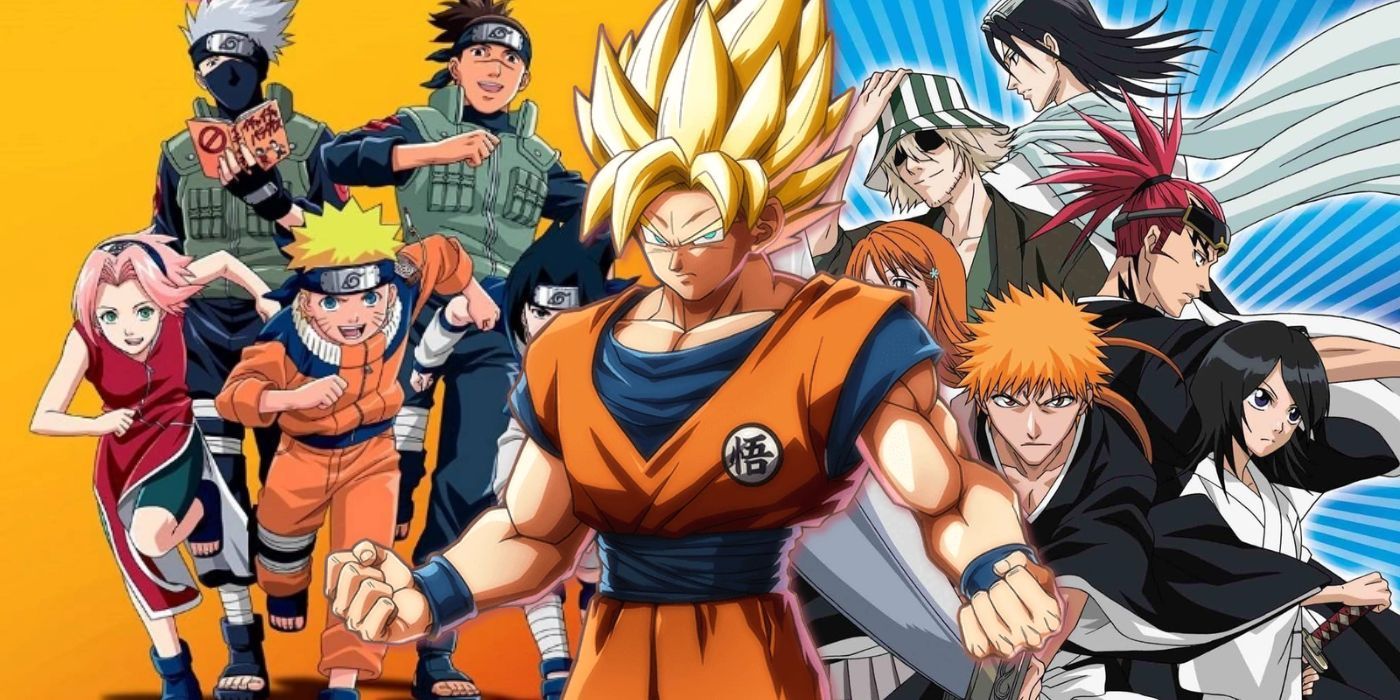
Dragon Ball‘s biggest accomplishment is its diffusion. Dragon Ball Z was one of the first anime to be massively broadcast outside of Japan and in the Western world, for a total of 81 countries. From Africa to Asia, from Iceland to Australia, be it an anime fan or not, a person between 10 and 50 years of age has likely heard of Dragon Ball at least once in their life. This, of course, opened the way for the massive expansion of the manga and anime entertainment industry, spearheaded by those who picked up Toriyama’s torch: Oda, Kishimoto, and Bleach‘s Tite Kubo. These series even surpassed Dragon Ball in terms of sales and opened the floodgates to finish the work started by Toriyama: making anime and manga culture mainstream.
Today, there is no debate that anime and manga are set to dominate the entertainment industry. Manga outsell every other comic book genre, and while it’s hard to quantify exactly how many people watch an anime nowadays, the industry’s estimated worth in 2022 was USD 25.8 billion, and it is expected to reach over 60 billion by 2030, growing at a CAGR (compound annual growth rate) of 9.8%. As a comparison, the estimated CAGR of the US film industry through 2027 is 8.3%, with a current market size of over 95 billion. More significantly, perhaps, the TV and streaming industries have set their sights firmly on anime, with more original series and live-action adaptations produced each year.
None of this would have been possible without the spectacled man from the Aichi prefecture who didn’t like working in an office and one day picked up a Weekly Shonen Jump issue in a café. The popular culture of our entire world has changed, shaping itself around the success of Dragon Ball and its successors. As Eiichiro Oda wrote in his heartfelt message:
“I was one of those who took the baton from the days when reading manga made you a fool, and he also created an era when both adults and children could enjoy reading manga. He showed us the dream that manga can go worldwide. It was like watching a hero going forward.”
As a person who lived through those changes in public perception, I can attest that Oda’s words ring very true. As an adolescent, liking manga or anime was something best kept hidden, but not when it was about Dragon Ball. After school, everyone would talk about Dragon Ball or rush home to watch the daily episode, no matter who you were or what your tastes were. A few years later, the shift in attitude was noticeable. More people began wearing anime-inspired clothes or apparel, girls and women started showing up at conventions that were previously male-dominated, and slowly but surely, anime evolved from a sub-culture to one of the dominating mainstream cultures.
Perhaps more importantly, the incredible outreach of Toriyama’s works means he has influenced not just people in his industry or anime and manga fans, but people of every craft and attitude, who in turn have gone on to shape their respective creative fields. The number of musicians and athletes who admitted being inspired to reach their heights by series like Dragon Ball or Naruto is astounding. Again, Oda brilliantly summarized this aspect of Toriyama’s legacy:
“For not only mangakas but also creators in various industries, the excitement and emotion of the time of Dragon Ball serialization must have taken root in their childhood. His existence is like a big tree.”
I like to think that, until the end, Toriyama was still puzzled by his own success. According to every account, he was humble, shy, and liked to live a very private life, despite being at the helm of one of the most successful entertainment franchises in the world. I wonder if he ever understood how much he shaped the world we live in today. As for the millions of fans he left behind, sorrowed and heartbroken, the only thing we can do is follow Goku’s best example by not giving up and picking ourselves up after being beaten to the ground by such tragic news. And take Akira Toriyama’s biggest legacy, his inspiration, into the rest of our lives.
Sources: Forbes; The New York Times; Asahi Shimbun; Toriyama interview; The Dao of Dragon Ball




